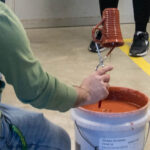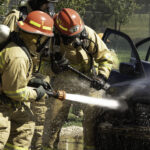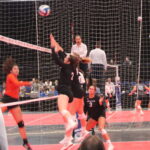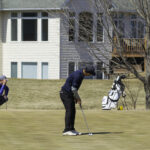For those of us who frequently commute around the Kirkwood Campus in Cedar Rapids, the roundabout fielding traffic from Kirkwood Blvd. SW is a familiar sight. “15 M.P.H.,” it reads, prompting drivers to proceed with caution around the statue of Samuel Kirkwood.
For some, this is the only roundabout to contend with on an average day of driving; however, roundabouts are becoming increasingly common, replacing the standard traffic lights and stop signs. This is because roundabouts happen to pose a number of benefits over traffic-signal intersections—benefits that concern safety, efficiency and the environment.
Because roundabouts require drivers to slow down upon entering in order to navigate a tight circle, they have been associated with huge reductions in crashes. The Insurance Institute for Highway Safety (IIHS) notes that replacing traffic-signal intersections with roundabouts reduces injury crashes 72-80% and reduces all crashes by 35-47%. Hundreds of fatal crashes per year have been shown to be preventable with the use of roundabouts. They are also safer for pedestrians, as in roundabouts, people have shorter distances to cross the street and slower traffic speeds to be wary of.
Efficiency is something we strive for in modern society, and roundabouts are far superior to traffic lights in maintaining a steady traffic flow. Many studies have shown large reductions in vehicle delays and stop times, as much as 89% and 56%, respectively. While vehicles in large intersections may spend several minutes queuing, those using roundabouts need only wait until a substantial opening appears. Many times, waiting to enter a roundabout is not even necessary.
This increased efficiency not only helps people get where they need to be, it’s also good for the environment. Replacing traffic signals with roundabouts has been shown to reduce fuel consumption by 23-34%, as less gas is wasted sitting at red lights. In turn, carbon emissions are further reduced. Roundabouts also require much less maintenance than traffic lights, averaging a service life of 25 years for the former and 10 years for the latter.
There’s a reason why roundabouts have reached such popularity in countries like the U.K. and France, and that reason is not only beneficial for our safety but also for our efficiency and for the environment. It’s long past time we begin to embrace the roundabout for what it is: a much-needed upgrade.
As more roundabouts are entering our roads, many drivers complain about them; though, who can blame them? In the U.S., when taking driver’s ed, there’s little to no mention of them, both during class and actually driving. While deemed safer, the lack of knowledge makes roundabouts frustrating and more likely for an accident to occur.
For example, while drivers can yield at roundabouts, many believe in stopping completely or are unsure who has the right-of-way, causing traffic jams, frustrations and drivers deciding to go without paying attention or thinking about accidents. There are also times when we seem to not have an opportunity to enter a roundabout with endless cars from our left.
There are also multi-lane roundabouts where one lane is actually a turn lane, and drivers who need to continue straight ahead would switch lanes, often not realizing they’re cutting someone else off. Drivers may also refuse to slow down or be wary of other drivers and pedestrians or may not notice a roundabout until the last minute. Some may try to risk taking a shortcut by turning left to save extra time, endangering themselves, pedestrians and other drivers.
Many roundabouts seem to have blind spots as well, including Kirkwood’s entrance with the high garden and statue. While it’s safer for roundabouts to have an obvious center to prevent cars from going straight through, roundabouts such as Kirkwood’s cause a huge blind spot, especially when entering from Kirkwood Blvd., causing drivers to be uncertain when they’re able to enter and have close calls. The ones with a garden or grass in the middle are okay, but leaving grass to grow too long or choosing tall plants and flowers can cause the same result as Kirkwood’s—a blind spot where you don’t see a car until the last moment.
Lastly, a lot of roundabouts can be dangerous for pedestrians. Unlike most intersections where vehicles come to a full stop, roundabouts let vehicles continually move, causing uncertainty over when it’s safe to cross or even where to cross, not knowing the crosswalk is before where vehicles yield. There’s also Cedar Rapids’ jaywalking culture, where pedestrians expect drivers to stop for them and take the shortcut through the roundabout, making it dangerous for everyone.
Basically, roundabouts aren’t the issue, but our learning curve and lack of knowledge of them is what makes them dangerous.
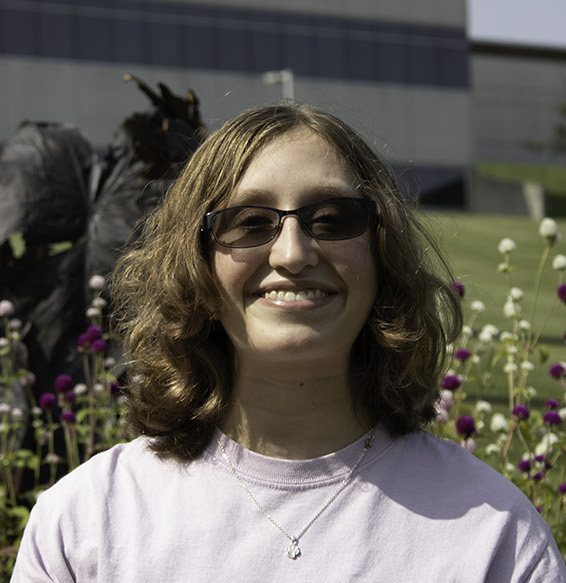
Outreach Coordinator | Distribution Manager
Categories: Opinion, Point-Counterpoint


